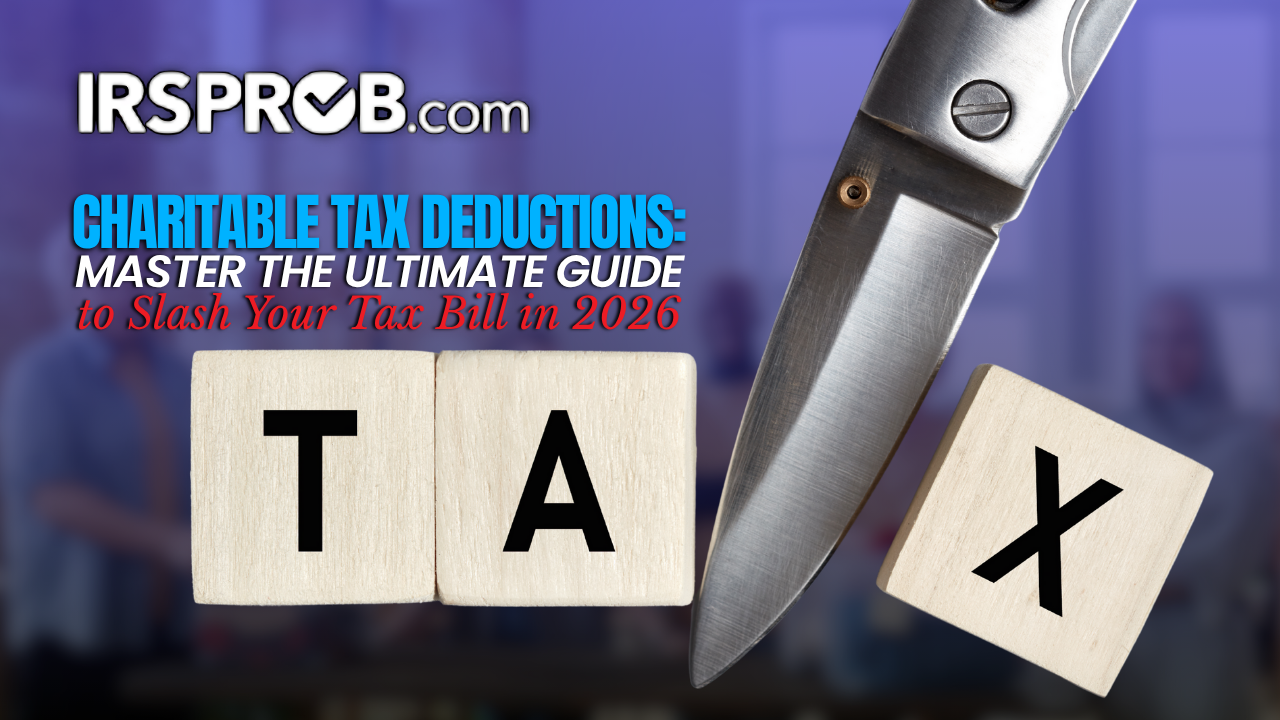
For business owners seeking to optimize their tax situation, understanding the nuances of tax strategies can lead to significant savings. Here’s an in-depth look at various tax-saving strategies that can help you retain more of your hard-earned money.
1. Charitable Contributions: A Smart Deduction
Charitable contributions can be a powerful tool for reducing taxable income. If you itemize your deductions, you can deduct contributions of cash or property. The current limits allow for cash gifts to be deducted up to 60% of your adjusted gross income (AGI), while property gifts are capped at 30% of AGI.
Key Points:
- Documentation: Keep detailed records of your donations, including receipts and acknowledgment letters from charities.
- Carryover: If your contributions exceed these limits, you can carry the excess forward for up to five years.
2. Education Credits: Boosting Savings for Families
If you have children in college, you can take advantage of education tax credits that can significantly reduce your tax liability.
Types of Credits:
- American Opportunity Tax Credit (AOTC): Offers up to $2,500 per eligible student for the first four years of higher education.
- Lifetime Learning Credit (LLC): Provides up to $2,000 per tax return for qualified tuition and related expenses, available for all years of higher education.
Important Considerations:
Phase-Out Limits: Both credits phase out for higher-income earners, so assess your eligibility based on modified AGI.
3. Qualified Business Income Deduction: A Significant Benefit
The Qualified Business Income (QBI) deduction allows business owners to deduct up to 20% of their QBI, which can lead to substantial tax savings.
Eligibility Factors:
- Income Limits: The deduction phases out for higher-income taxpayers, particularly those in specified service trades or businesses.
- Consultation: It’s advisable to consult with a tax professional to understand how this deduction applies to your specific situation.
4. Home Energy Credits: Going Green Pays Off
Investing in energy-efficient home improvements can yield tax credits that lower your tax bill.
Available Credits:
- Energy-Efficient Home Improvement Credit: Offers a 30% deduction on qualifying improvements, capped at $1,200.
- Residential Clean Energy Credit: Provides a 30% deduction for investments in renewable energy sources like solar panels.
Tip: You may qualify for both credits, but ensure you meet all requirements to claim them.
5. Medical Expense Deductions: Don’t Overlook This Opportunity
If you itemize deductions, you can write off unreimbursed medical expenses that exceed 7.5% of your AGI.
Example Calculation: If your AGI is $100,000 and your medical expenses total $8,000, you can only deduct $500 ($8,000 – $7,500).
Action Steps:
- Review Expenses: Take time to comb through your medical expenses to ensure you capture all possible deductions.
6. Avoiding the Depreciation Trap
Many business owners make the mistake of acquiring too many assets at year-end, which can lead to a depreciation trap.
Understanding MACRS:
- Mid-Year Convention: Typically, assets placed in service during the year are treated as if they were placed in service on July 1, limiting first-year depreciation.
- Mid-Quarter Convention: If more than 40% of your assets are placed in service in the last quarter, all assets are depreciated under this convention, significantly reducing first-year deductions.
Strategy: Plan asset purchases throughout the year to avoid triggering the mid-quarter convention.
7. 401(k) Loans: Tapping into Retirement Savings
If you need cash for a down payment on a home or other expenses, consider borrowing from your 401(k).
Key Considerations:
- Loan Limits: You can borrow up to $50,000 or 50% of your vested balance, whichever is less.
- Repayment Terms: Generally, loans must be repaid within five years, unless used for a primary residence.
- Caution: Remember that borrowing from your retirement savings can impact your long-term financial health.
8. E-Bike Tax Breaks: A Potential New Opportunity
While there are currently no federal tax breaks for purchasing electric bicycles, proposed legislation could change this.
Proposed Benefits:
E-Bike Act: This legislation would provide a refundable 30% tax credit for e-bike purchases under $8,000, available once every three years.
State Incentives: Check your state’s tax laws, as some states already offer rebates or tax credits for e-bike purchases.
Conclusion
By strategically implementing these tax-saving strategies, business owners can significantly reduce their tax liabilities. It’s essential to stay informed about tax laws and consult with a tax professional to tailor these strategies to your unique situation. Taking proactive steps now can lead to substantial savings when tax season arrives.







